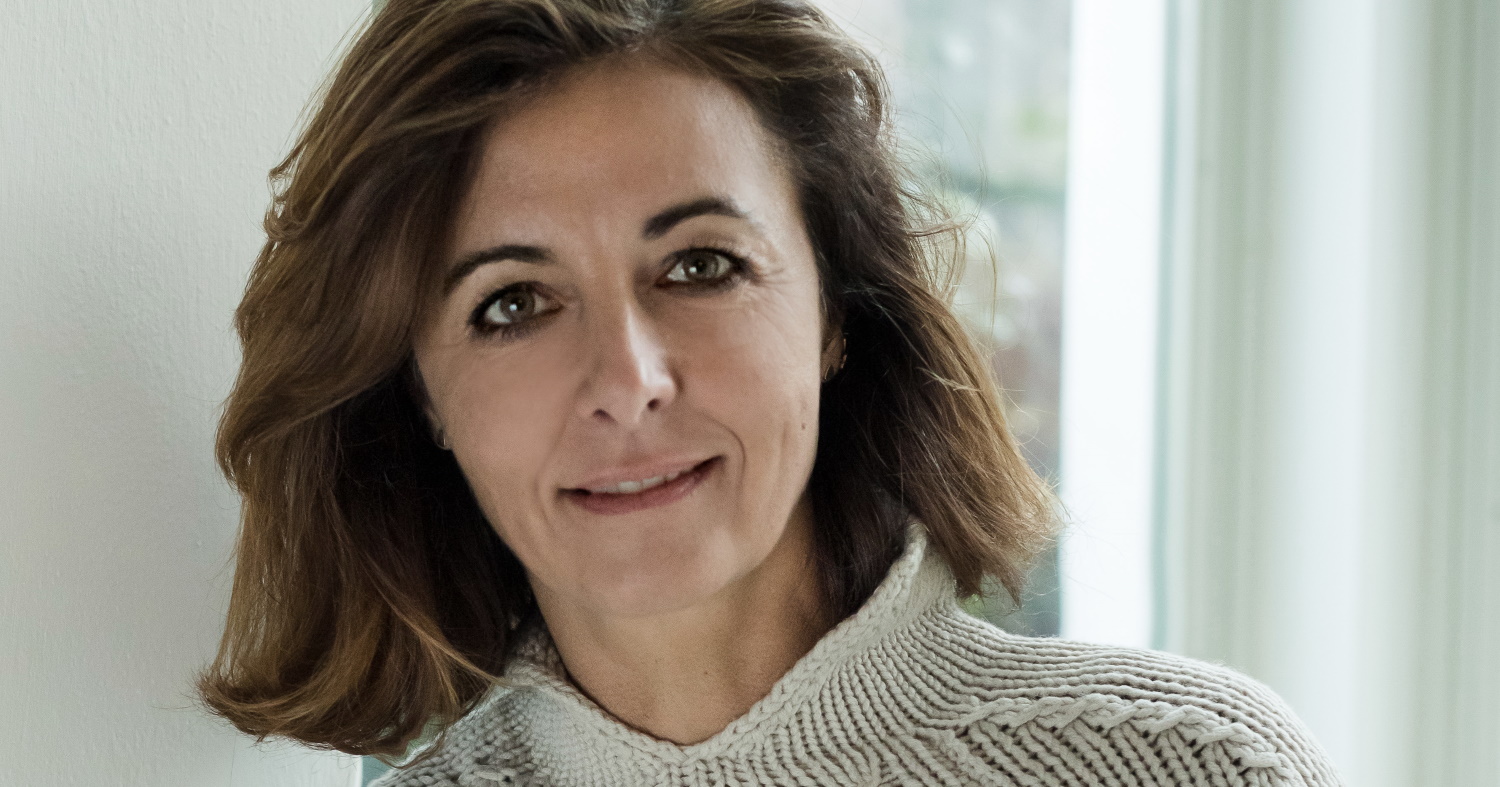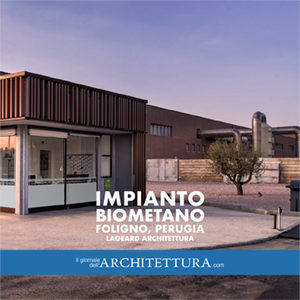A dialogue with Michela Lageard on rules and landscapes, new interventions and respect of the existing. Her practice designs a new biomethane production plant using organic waste in Foligno (Perugia) for Asja Ambiente Italia. The new intervention is the focus of the third book of our series “Radiografia del contemporaneo”
What was the greatest difficulty in the project?
Most certainly the scale of the buildings and the rural surroundings. The worry of inserting an invasive plant into a landscape that was still fairly well preserved. The constrictions of a process that imposed necessary choices, which were sometimes difficult to reconcile with a well-balanced, architectural composition. The inhabitants’ scepticism towards the type of plant.
The integration of industrial buildings with the landscape is a relatively new topic and design context in Italy. In your opinion, what were the reasons for the delay in acknowledging the importance of this sector?
Basically, a legislative and town planning problem, which has killed off production places in areas with few design and composition restrictions. There are numerous examples in many Italian regions. First and foremost, there is Piedmont and specifically the Langhe area, where hilltop landscapes have been preserved, whereas the valley bottoms have been used to create industries without paying any attention to extending the idea of good landscaping to the entire area.
What guided the architectural choices that changed the identity of the buildings at the Foligno Biomethane plant?
The initial engineering and technological project for the plant had been designed from a purely functional viewpoint. Asja made a major turnaround when it realised the project could offer more than just top performance, and that its intrinsic quality should have aesthetics to match. So the mandate we received when the project was revised was explicitly to provide a “beautiful” plant. The first step was to take a look at the cladding for the industrial buildings. A mahogany coloured, marble-grit finish was chosen to diminish the impact of the installation on the landscape. Great care was taken in the choice of elements of urban design, such as the external lighting and the use of trees to soften the impact.
What is your opinion of the quality of contemporary architecture in Italy compared to the rest of Europe?
Unfortunately, I believe contemporary architecture in Italy receives little attention and recognition from those who are unfamiliar with this field. People are culturally aware of the value of historic, architectural beauty. However they are culturally unprepared to acknowledge the quality of contemporary projects. Moreover, the quality of public works in Italy is considerably below that of other European countries due to the lack of adequate funds and often of vision.
Can you tell something about the projects your studio is currently working on?
The core of the studio’s work is the design of public and private buildings and ranges from restoration to new constructions in both the public and private sectors. The studio is currently developing the final design of another plant for Asja to produce biomethane in the municipality of Legnano. The studio also addresses interior furnishings, design, graphics and communication.
Leggi l’intervista in lingua italiana



























[…] Leggi l’intervista in lingua inglese […]